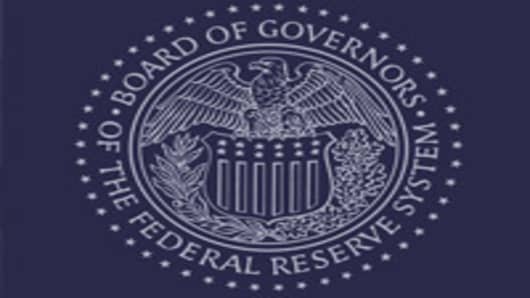The U.S. economic rebound remains disappointingly erratic, a top Federal Reserve official said on Tuesday, though he offered few hints as to whether the central bank is considering further stimulus.
Atlanta Fed President Dennis Lockhart said a recent bout of weak data was "no reason to panic," but added that the softening trend was somewhat troubling nearly two years into an economic expansion.
"I have to express some frustration with this economy," Lockhart told the Charlotte Economics Club and described the recovery as "halting."
A report on Friday showing the economy generated a paltry 54,000 new jobs in May renewed speculation that the Fed might need to do even more to support growth.
Fed officials, who have not only slashed short-term rates to zero but also bought over $2 trillion in government and mortgage-backed bonds to keep long-term rates low as well, appear reluctant to do more.
One reason is that inflation figures, which just six months ago were offering a whiff of deflation, have turned markedly higher since the Fed implemented its second round of bond buys or quantitative easing, known as QE2.
Calling for the first time for an explicit inflation target, Lockhart said such an objective would enhance the Fed's ability to convey its intentions to financial markets and the general public.
"Are the recent outsized increases in headline inflation the best signals of the inflation trend going forward? Or are other statistics—like core inflation or measures of inflation expectations— yielding a truer picture of what lies ahead?" asked Lockhart.
Lockhart suggested that agreeing on a specific inflation target would force Fed officials to grapple with such issues, thereby creating clearer goalposts for policy.
U.S. consumer prices rose 3.2 percent in the year to April, but climbed just 1.3 percent excluding food and energy. The Fed's implicit target of 2 percent applies to headline inflation, but some policymakers like to look at core as a better predictor of longer-term inflation trends.


